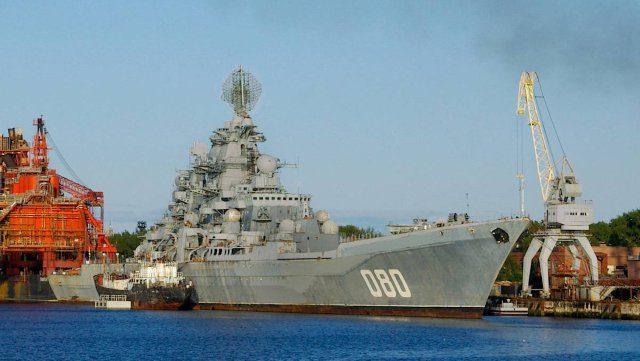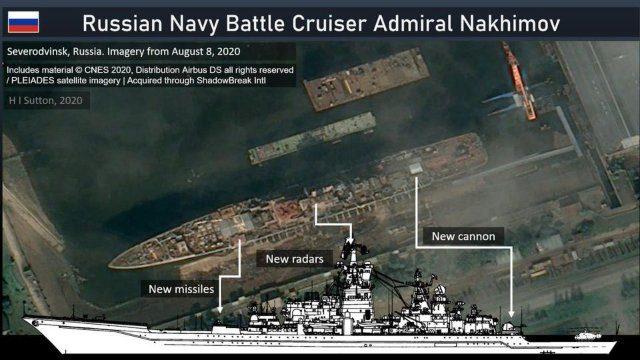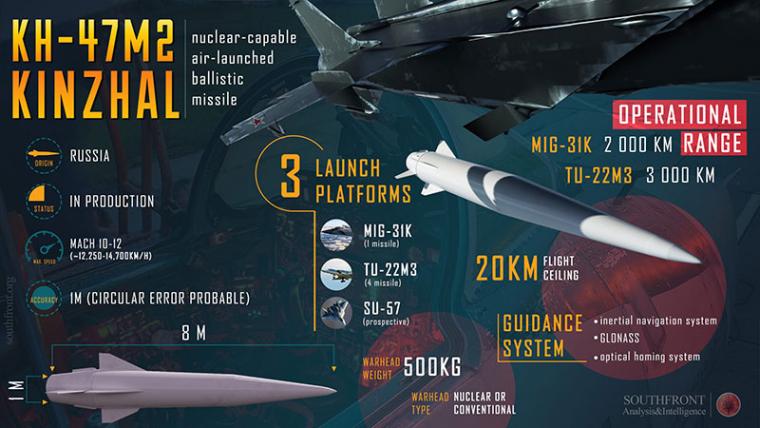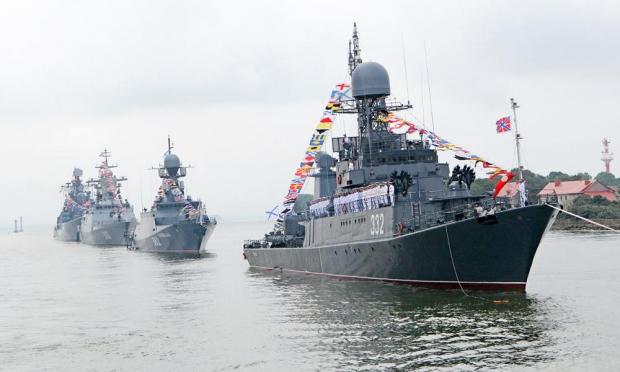The main problem facing the Baltic Fleet of the Russian Federation is the geography of the Baltic Sea itself. After Finland joined NATO, it eventually became the Alliance's inland sea. In addition, all the bases of the Russian Baltic fleet – Kronstand and Baltiysk in the Kaliningrad region – are now close to tactical weapons. And of course there is no place for ships to hide in the Baltic.
Nevertheless, the Russian navy seems to defy the dangers and is making some moves that show its determination.
Despite the fact that Russia failed to organize the Victory Day parade on May 9 this year, presenting only one T-34 tank in the country's central square, the Kremlin is ready to hold another event soon, the so-called "main parade of the Navy" in St. Petersburg.

Also, the Ministry of Defense of Russia announced that the last warship of the Ukrainian Navy "Yury Olefirenko", was destroyed as a result of a military operation in the port of Odessa.
The successful operation resulted in the destruction of the last operational warship of the Ukrainian Navy, the Yuriy Olefirenko.
This ship was an important element of the naval forces of Ukraine. Its destruction occurred at an important moment in the course of hostilities, affecting the balance of power at sea.
In addition, according to reports in Russian media, Moscow is preparing the Amiral Nakhimov cruiser for tests.
The information comes after some time ago it was claimed that the cruiser faced several problems, which are very difficult to solve quickly (these are cracks in the reactor or some key components).
One of the main changes after the repair of the cruiser Admiral Nakhimov, will be the armament. Currently, this armament is P-700 Granit anti-ship missiles. They will be retained, but it will be equipped with at least ten more 3S14 vertical installations, probably the M version. This means that, in addition to the P-700 Granit, the Admiral Nakhimov will be equipped with 80 additional missiles of various modifications and models.

The range of the P-700 Granit varies with its flight height, which also affects detection, a maximum of 625 km, but this is a high-altitude trajectory. The range can be drastically reduced to 200 km, but that's if it's fired from low. Such shots are fired when it is necessary to avoid the enemy's anti-aircraft defense.
In addition to the increased number of missiles and launchers, it is assumed that the Admiral Nakhimov cruiser will receive Zircon supersonic missiles.
This information has not been confirmed, but based on a press release from the Russian Ministry of Defense, which says that several ships of the Russian Navy will receive these missiles, it is very reasonable to assume that the Admiral Nakhimov is also on this list . How much Zircon will be on this cruiser remained unknown.
According to Russian media, the cruiser will receive Otvet anti-submarine missiles, capable of neutralizing any enemy submarine at a distance of up to 100 kilometers.
In terms of the battleship's defense, the S-300F air defense systems will likely be incorporated, as well as a modification of the S-400. The missiles of the two anti-aircraft naval versions will have an active seeker. Some sources say that the Admiral Nakhimov may also receive a naval version of the S-500 air defense system, but these are only rumors at this time.

However, it is noteworthy that this cruiser will receive a colossal amount of missiles, if the claims in the Russian media are to be believed. These are 478 missiles of different types and purposes. This includes dozens of Dagger missiles, as well as the 9M96 family of interceptors, as well as missiles from the naval version of the Pantsir-M warhead.
Finland's accession to NATO played an important role in the modernization of this cruiser. Russian experts say NATO's expansion suggests the threat must somehow be contained. That is why it was decided to integrate launchers for the Dagger missiles on the cruiser.
Another reason for the operation of the cruiser Admiral Nakhimov is the rapid recovery and withdrawal of the American fleet, to prevent its concentration in threatened areas. For example, the Mediterranean Sea. Remember that the cruiser operates alone, meaning it can be found anywhere and attacked at any time. This is a capability that would make it difficult for the US Navy to find a way to solve such problems.



